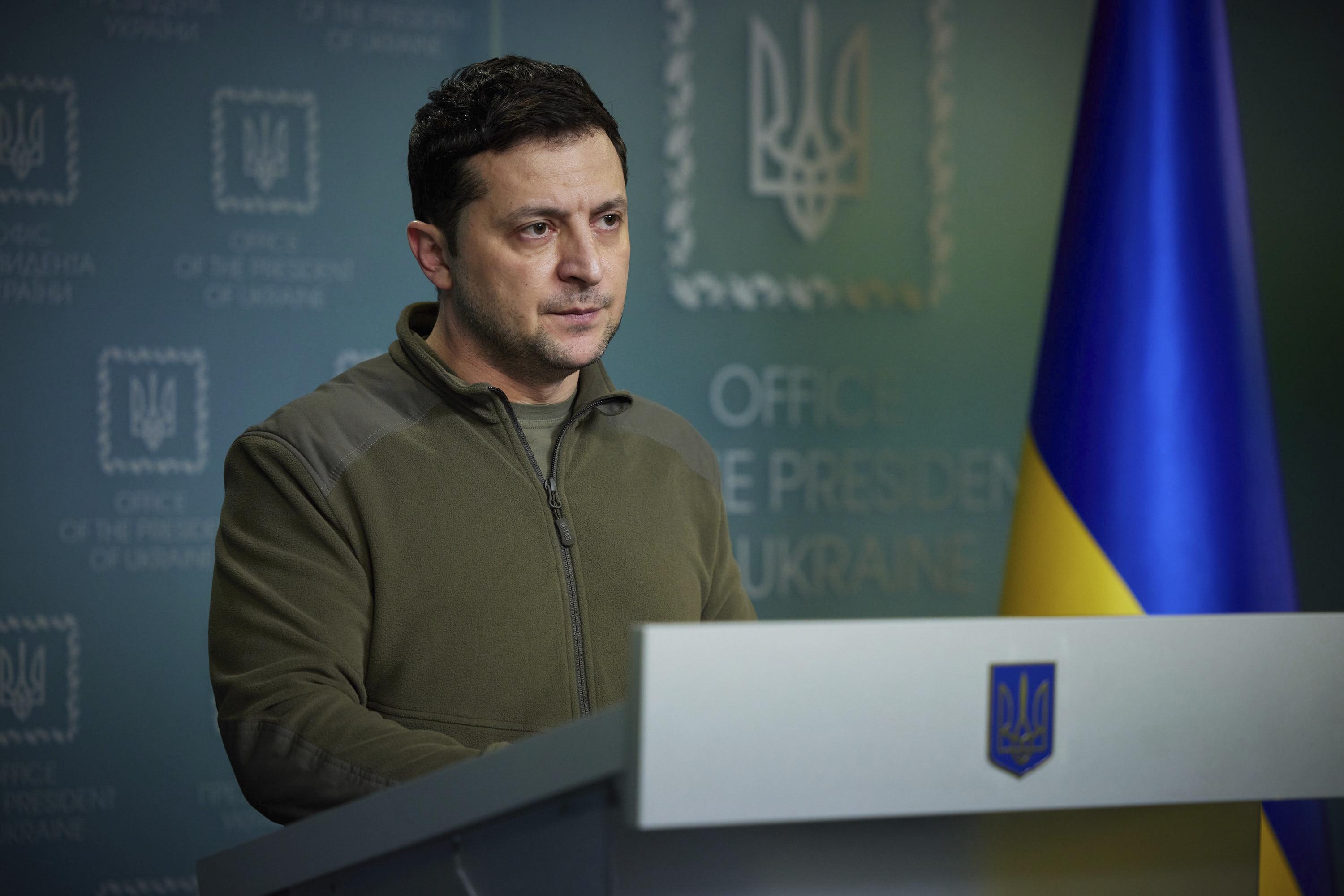In recent developments, Ukrainian President Volodymyr Zelenskiy has reported that Russia is evacuating yet another border region, a move that underscores the escalating tensions between the two nations. This strategic withdrawal from areas adjacent to Ukraine can be interpreted as a precursor to potential military action or an attempt to consolidate Russian forces in more secure territories. The implications of such maneuvers are profound, not only for regional stability but also for international relations and security dynamics in Eastern Europe.
The evacuation of border regions by Russia may serve multiple purposes. Firstly, it could reflect a response to increasing pressure from Ukraine's military efforts and strategic counteroffensives. As Kyiv seeks to reclaim territory occupied since 2014, Moscow’s decision to withdraw personnel might signal an acknowledgment of its vulnerabilities on the battlefield. Secondly, this action could be part of a broader strategy aimed at repositioning troops in anticipation of future confrontations or reinforcing defenses in critical areas deemed vital for Russian interests.
Ukraine’s incursion into Russia continued for a sixth day Sunday. It’s the largest such attack since Moscow launched its full-scale invasion on Feb. 24, 2022 and is unprecedented for its use of Ukrainian military units on Russian soil. Ukraine’s raid into Russia caught Moscow unaware and was an embarrassment to Russian military leaders who have scrambled to contain the breach.
The Russian Defense Ministry said in a statement on Sunday that its forces engaged Ukrainian troops in Tolpino, Zhuravli and Obshchy Kolodez, the official Tass news agency reported. Tolpino is 25 kilometers (15 miles) from the Ukrainian border.
Russia has imposed a sweeping security regime in the Kursk, Bryansk and Belgorod regions while Russian ally Belarus said it was bolstering its troop numbers at its border after Minsk said Ukraine had violated its airspace with drones.
The audacious Ukrainian attacks on Russian sovereign territory are aimed at showing its Western supporters that Kyiv can still muster major military operations while trying to gain a bargaining chip ahead of possible ceasefire talks.
Russian forces, which have a vast numerical supremacy and control 18% of Ukrainian territory, have been advancing this year along the 1,000-km (620-mile) front after the failure of Ukraine's 2023 counteroffensive to make any major gains.
The attack came after a strike on a supermarket in the Ukrainian town of Kostiantynivka in Donetsk region left at least 11 people dead and 37 injured, according to authorities.
It has been a deadly summer for Ukrainian people, with July marking the deadliest month for civilian casualties since October 2022, according to UN human rights monitors.
The UN Human Rights Monitoring Mission in Ukraine (HRMMU) said at least 219 civilians were were killed and 1,018 injured in what the agency previously called a “deadly wave of missile strikes on densely populated areas of Ukraine.”
Read more
Earth surrounded by solar Strong storm M9.8-Class risking satellites, power grids AI Pin Device Failure, detailed analysis of the factors that led to its failureSarah H
Also on site :
- Gemini converts Google Docs to podcasts
- Jonathan Ross opens up about why he decided to quit alcohol
- Jason Isaacs says he was ‘involved’ in mystery off-screen White Lotus ‘drama’

